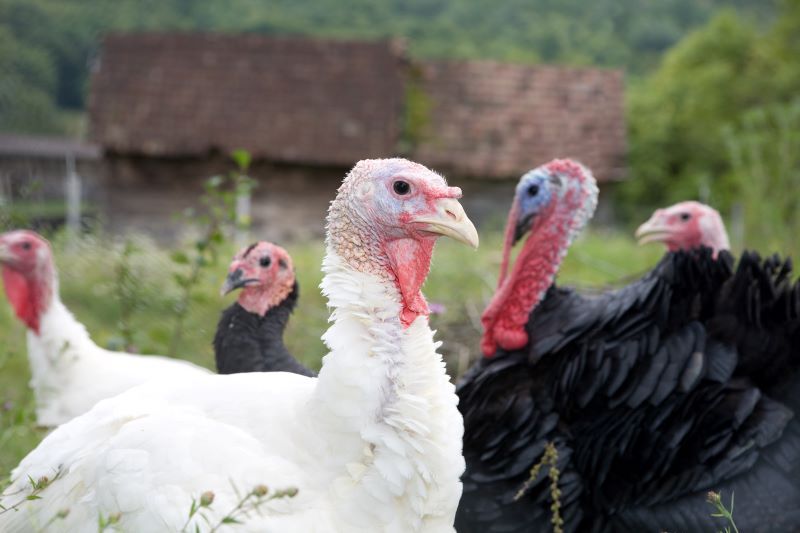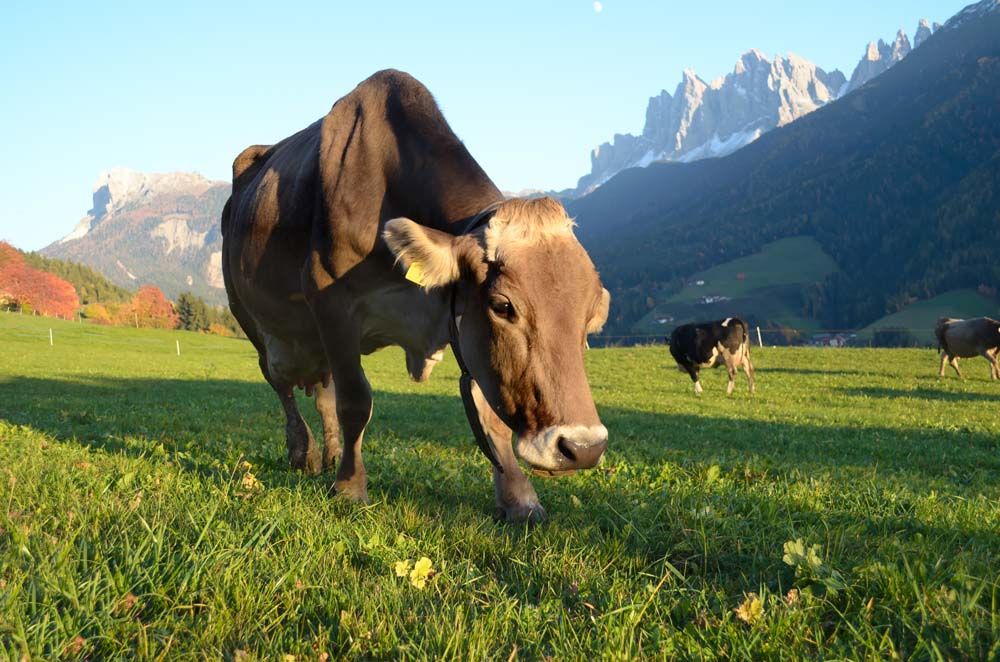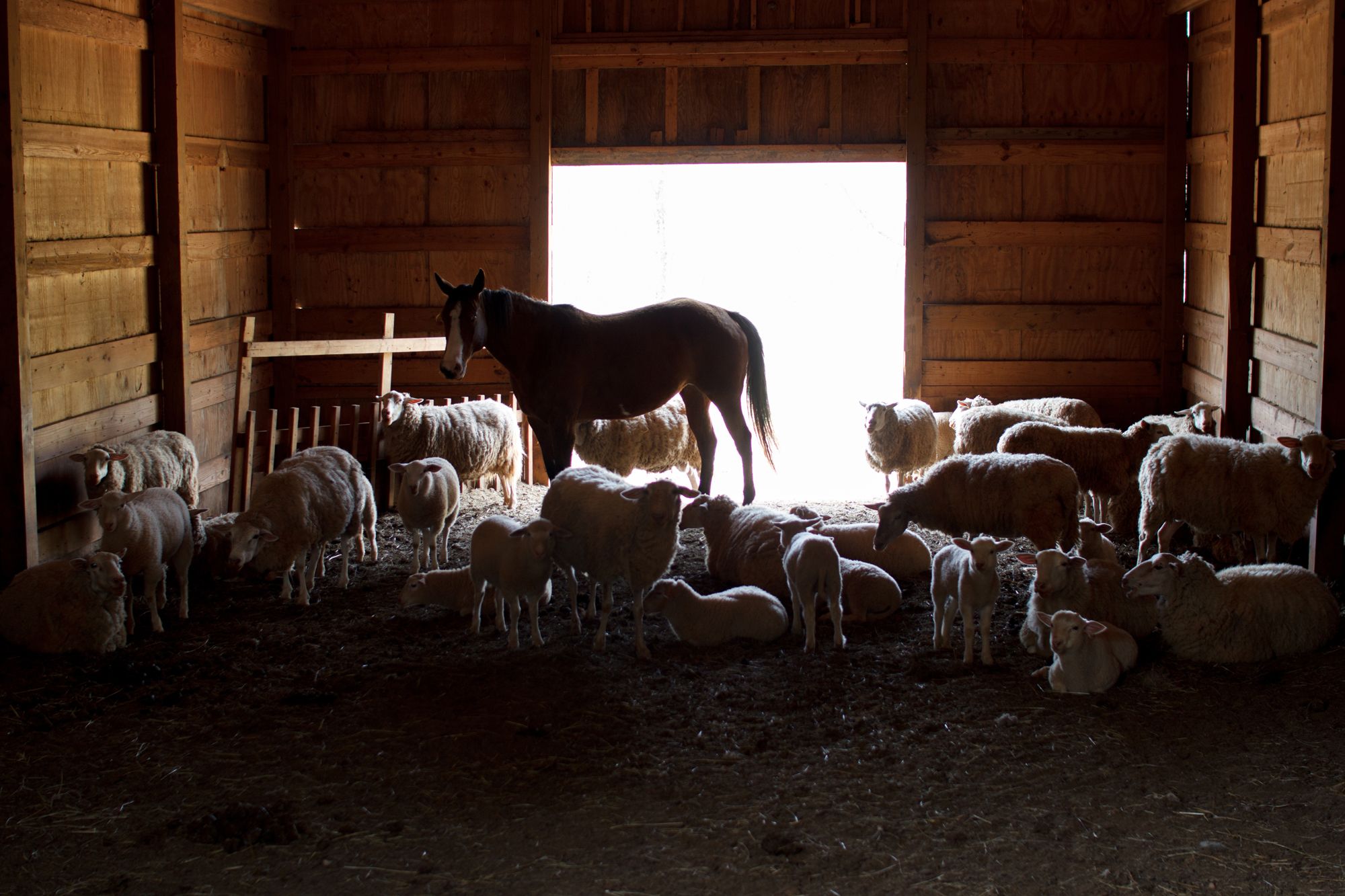Raising Your Own Thanksgiving Turkey


There’s a Thanksgiving episode of The Waltons in which Grandpa Walton tries to help one of the boys harvest a wild turkey for the holiday. Despite Grandpa’s best efforts in arranging the hunt down to the last detail, the boy’s hunting skills are less than spectacular, and the wild Tom is frightened away.
Grandpa and grandson are left to sheepishly purchase a farm-raised domestic turkey from a neighbor, but the episode had a happy ending anyway, so all was well on Walton’s Mountain.
Why raise turkeys?
You could try to harvest a wild Thanksgiving turkey from the hills of wherever-you-live, but in many regions, it’s actually the spring turkey hunt (during the breeding season) that excites hunters the most. Toms are generally more active in the spring, more responsive to calls, and easier to differentiate from the females.
Many states still do offer an autumn turkey season and the idea of obtaining Thanksgiving dinner in this way may sound exciting, but a little homework shows why it’s not so easy—as the Waltons discovered.
In fact, Grandpa Walton was on to something when he opted for the farm-raised turkey. Raising your own Thanksgiving turkey has a number of advantages: it tastes terrific, you know exactly what the bird ate, and you’re able to control its environment in any way you choose, going fully organic if you wish.
Raising your own turkey gives you a choice to use lesser-known breeds with intriguing, rare genetics, and you can help preserve unique heritage breeds.
Don’t overlook the satisfaction and enjoyment to be had in raising your own turkeys.
Maybe this is the route for you. You already have the land, you already have the homesteading know-how, and maybe you could raise your own Thanksgiving turkey right there on your farm.
Choose a breed
There’s plenty of convenience in purchasing a frozen turkey from the grocery store. But there are two main disadvantages: the freezing/thawing process tends to lead to dry meat, and just about every turkey in the store is some variety of Broad Breasted.
If you’re seeking more variety, more control, and more taste, research some of the fantastic heritage turkey breeds available. These breeds proved their worth in the U.S. long before industrial turkey farming, but were gradually pushed away in favor of the fast-growing Broad Breasted.
Heritage turkeys can breed without artificial assistance, offer genetic diversity that makes them disease resistant, and are often hardy in challenging climates. A few breeds to look into include:
Blue State
Narragansett
Bourbon Red
Standard Bronze
Slate
Chickens vs. turkeys
If you’re already used to keeping chickens, raising a small flock of turkeys should be no problem, right? Well, yes and no.
The process is certainly similar, but you’ll need to make a few adjustments to your infrastructure in order to properly raise turkey poults. For one, you’ll need more space. Nesting boxes, brooders, space per bird in the coop—turkeys require more space than chickens.
Turkeys can be more costly to raise since they consume more feed, although if you’re pasturing/free ranging the birds at least some of the time this cost can be reduced (and meat flavor increased!).
These differences aren’t insurmountable and if you’re comfortable with chickens, turkeys should be no problem.
Start early
Obviously, this whole process will take a bit of time, and you can’t just decide in October that you’d like to raise a turkey for the end of November. Like your garden, you’ll need to calculate backwards from harvest time minus the growth duration to arrive at the starting date.
For some turkey breeds, including the Broad Breasted (which was specifically bred for speedy growth), this is about 14-22 weeks, which means you would want to obtain your birds around the 4th of July or earlier for a Thanksgiving harvest.
But heritage turkey breeds—for all their advantages—will probably take even longer to mature (good things come to those who wait), possibly stretching as long as 30 weeks and putting your start date back into May.
And most of all—enjoy the process AND the unsurpassed flavor of your home-raised Thanksgiving turkey!
Enjoy other aspects of turkeys
Thanksgiving is just once a year, but you’ll have turkeys for much longer than that. Luckily there are other fun reasons to raise the birds:
Eggs. Turkey eggs are cool! Bigger! More protein! Speckled! Amaze your friends with huge fried eggs!
Personable. All poultry species are fun to watch, but turkeys are particularly playful, unique, and social.
Feathers. Craft time!
About the author
Samantha Johnson is a writer, farm girl, and the author of more than a dozen books on rural living. She lives on a farm in northern Wisconsin with a colorful herd of Welsh Mountain Ponies, a bossy Welsh Corgi, and a wide assortment of tomato plants. View her portfolio at samanthajohnson.contently.com
Tags:Country Critters

Acreage Life is part of the Catalyst Communications Network publication family.
















